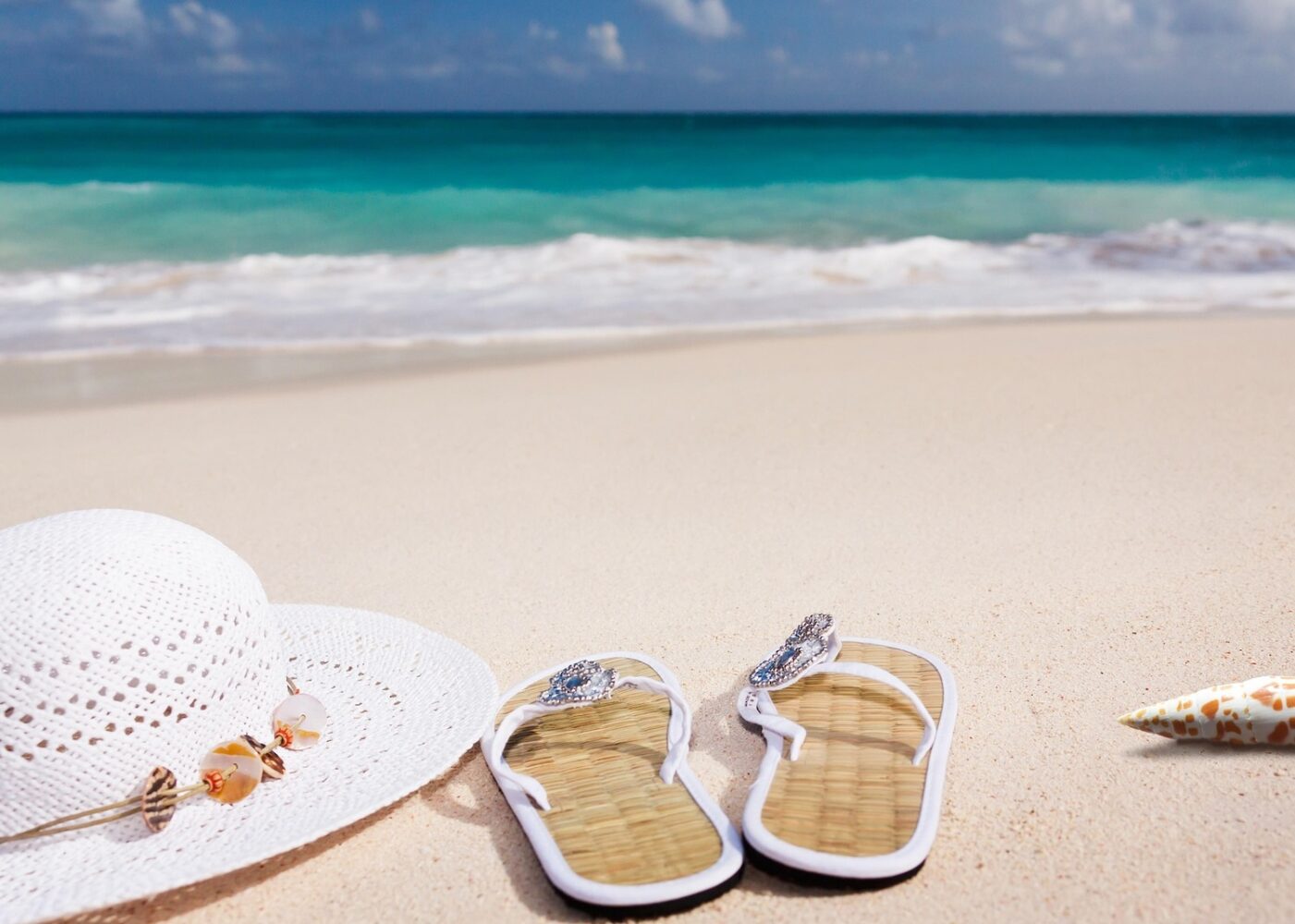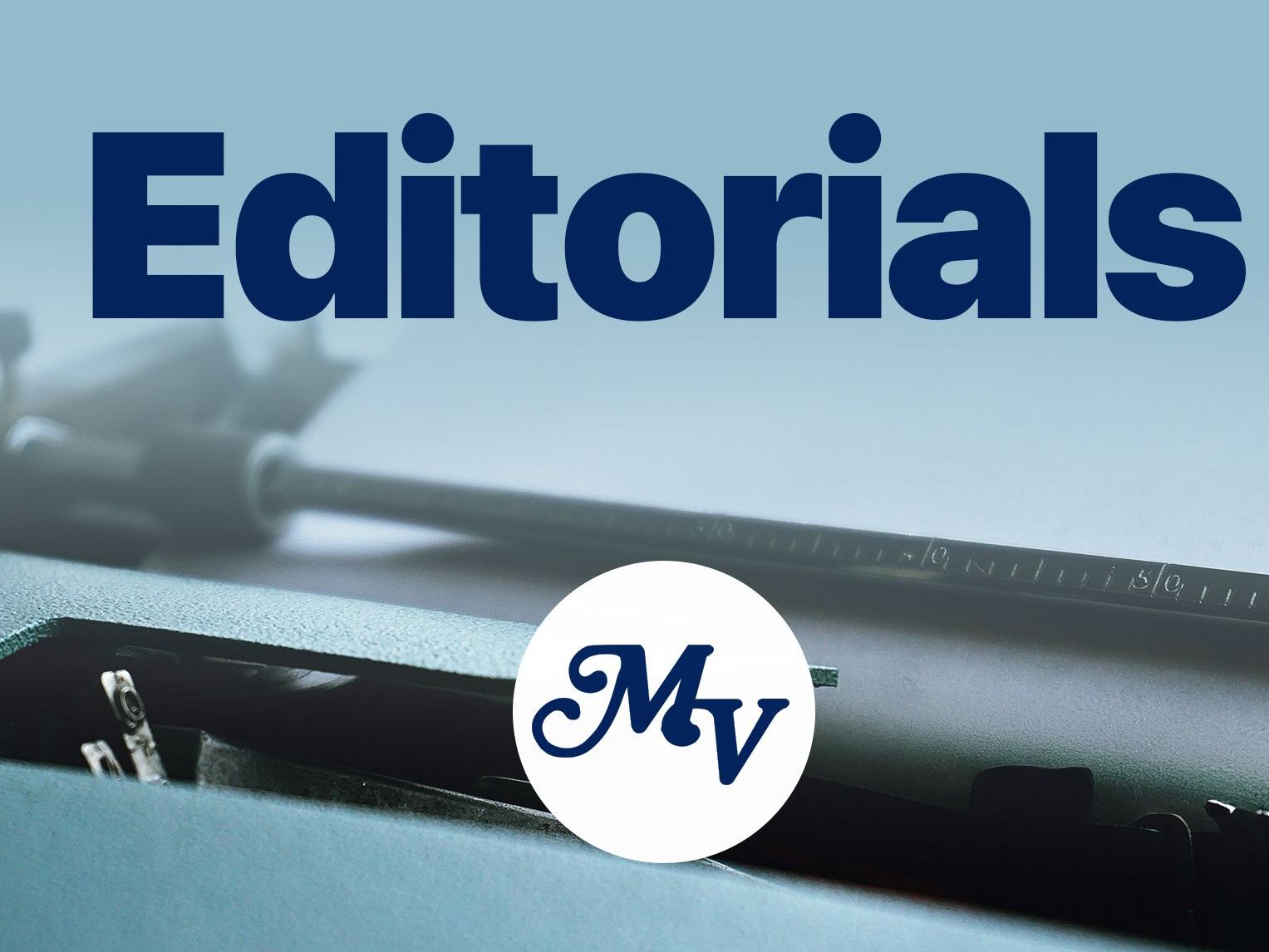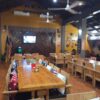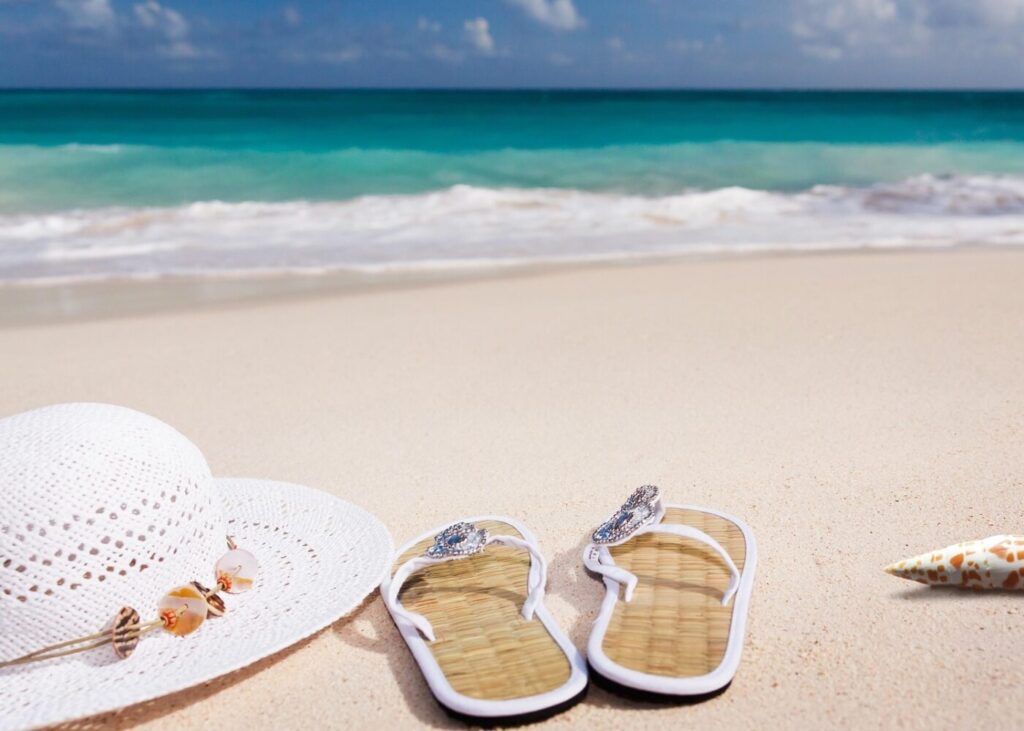
THE latest CNMI economic report — “Marianas Economic Roadmap: CNMI Economic Recovery Study” — highlights basic economic truths that public officials and politicians should keep in mind.
Here’s one:
“The greater level of customers in a market, the higher the likelihood profit can be achieved. With more customers comes the incentive to expand product or service offerings. Greater rates of sales leads to higher volumes of imports, which decreases the cost of shipment. Lower shipping costs translate to lower prices at the market, further incentivizing sales. With ever increasing sizes of the market, a virtuous circle appears in which activity self-reinforces in positive feedback loops toward ever greater outcomes.”
This was true when the local economy boomed from the late 1980s to the mid-1990s, and in 2012-2017.
Today, however, the CNMI “is experiencing the opposite condition.” According to the report, “The most recent census showed a population decline of 12.4% between 2010 and 2020. Recent data…indicates that a further 20% of respondents had plans on permanently relocating from the CNMI in the next 12 months, and another 5% did not know whether they were going to stay or move…. With such a significant reduction in the population, businesses have fewer customers, lower revenue, and decreased opportunity to obtain profit. With reduced sales, fewer shipments are required, increasing the costs of transportation to the import-dependent Commonwealth, further challenging an individual’s ability to afford consumption. In other words, a vicious circle, in which negative reinforcement loops create challenges for businesses and individuals living in the CNMI and increasing motivation to relocate.”
In this harsh economic climate, any proposal to raise taxes and fees should be met with outrage and disapproval. Clearly, those who advocate such measures are unfit to hold elective office.
Diversify!
The report also acknowledges that economic diversification “has long been a goal of the CNMI government” since its formation in 1978. One alternative industry was garment manufacturing, which became the islands’ second major industry from 1983 until 2005. Beginning that year, under new international trade rules, much cheaper garments from other countries could be exported without restrictions to the U.S. — the primary, if not the only, market for Saipan’s factories. This outcome had been anticipated as early as 1995, which marked the start of a 10-year transition to the new trade regime.
Compared to garment manufacturing, tourism is a more reliable because more “organic” industry. It is built on two pillars: safeguarding the environment and honoring local culture.
As the (highly informative and insightful) 1966 Nathan report would put it, “Not only does the development of a tourism and travel industry…appear to be feasible and desirable in its own right, tourist industry development is highly desirable as a means to create an environment in which other kinds of economic development can occur more rapidly.”
With scenery that could pass for a computer screensaver, turning these islands into travel hotspots wasn’t that hard. Tourism then took off when the Japanese economy boomed in the 1980s, and only slowed down during the Asian currency crisis in 1998. During the oh-so brief economic recovery from 2012 to 2017, it was the tourism industry that did the heavy lifting for the local economy, with steadily increasing annual arrivals that peaked at 659,741 and hotel occupancy reaching 90.89%. In 2024, in contrast, annual arrivals totaled 228,963 and the latest occupancy rate (March 2025) was 28.57%. According to HANMI, hotels typically require around 70-80% hotel occupancy to stay in operation.
In October 2018, Super Typhoon Yutu knocked the wind out of the local tourism industry, but it was the global pandemic restrictions in March 2020 that sent it into a coma. Today, reviving tourism has become more complicated than it should be, mainly because of federal restrictions. For its part, the CNMI administration has this “bright idea” to further deepen the islands’ dependence on federal aid, programs, and boondoggles — all of which are subject to the shifting priorities of whoever holds power in the White House and U.S. Congress, which can change with every national election.
Competitive advantage
According to the “Marianas Economic Roadmap, “Classic economic models of trade suggest that…a devotion of available resources toward industries in which the economy has a competitive advantage should be pursued….”
“Competitive advantage” refers to the ability to produce goods or services at a lower opportunity cost, allowing an individual, firm or country to outperform competitors in the marketplace. In the CNMI’s case, natural beauty under the U.S. flag is its greatest competitive edge.
“This raises the question. If the CNMI has a competitive advantage in its existing industry, why commit resources away from that sector?”
Exactly.
“The tourism sector,” the economic roadmap added, “is the most significant contributor to the CNMI economy, representing over 70% of Gross Domestic Product.” To be sure, as the economic roadmap has noted, tourism faces major challenges: dependence on a limited number of source markets (which right now is South Korea only), workforce shortages and visa constraints, airline connectivity and travel costs, rising operating costs and shifting traveler preferences.
However, there are opportunities for tourism growth as spelled out by the economic roadmap. These include diversifying tourism offerings, the development of a multi-island tourism model, investment in hotel and accommodation modernization, air access expansion.
Tourism, in any case, remains everyone’s business — even as the current administration chases dreams of federally funded industries and more federal handouts. For now, only tourism can help cover the CNMI government’s mounting bills. Sensible CNMI officials should focus their efforts on this industry.
Send feedback to editor@mvariety.com











